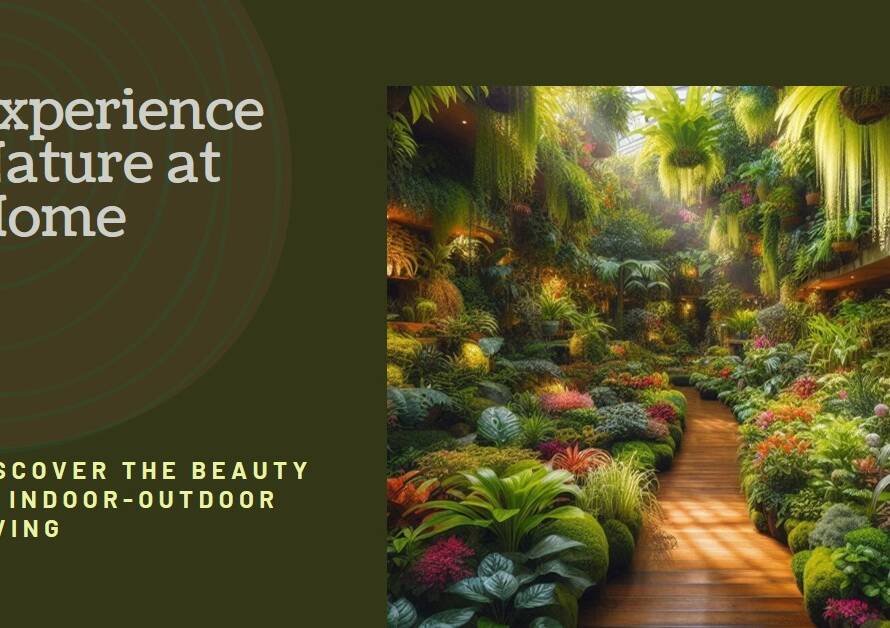
Table of Contents
Introduction:Architecture
Architecture, the art of designing and constructing buildings, transcends mere functionality to embrace a profound aesthetic allure. From the towering skyscrapers gracing urban skylines to the quaint cobblestone streets of historic towns, architecture captivates us with its beauty and inspires awe in its grandeur. In this discourse, we delve into the essence of architectural beauty, exploring the intrinsic qualities that make it an unparalleled form of artistic expression.
The Essence of Architectural Beauty:
At its core, architectural beauty emanates from a harmonious blend of form and function. Unlike other art forms confined to galleries or stages, architecture interacts intimately with the surrounding environment, shaping landscapes and cityscapes alike. Its beauty lies not only in static visual appeal but also in the dynamic interplay between space, light, and human experience.
Architecture possesses a timeless quality, bridging the past with the present and offering glimpses into the future. Whether marveling at the intricate detailing of Gothic cathedrals or admiring the sleek minimalism of modernist structures, we are drawn to the narratives embedded within architectural marvels. Each edifice tells a story, reflecting the cultural, social, and technological ethos of its era while transcending temporal boundaries.
The Harmony of Proportion and Scale:
Central to architectural beauty is the principle of proportion, where elements are meticulously arranged to achieve visual balance and coherence. From the golden ratio revered by ancient mathematicians to the modular grids employed by contemporary designers, architects employ mathematical precision to evoke a sense of harmony in their creations.
Scale, too, plays a pivotal role in shaping our perception of architectural beauty. Whether towering skyscrapers or intimate pavilions, buildings evoke distinct emotional responses based on their scale relative to human dimensions. The grandeur of monumental architecture commands reverence, while the intimacy of smaller structures fosters a sense of closeness and connection.


The Poetry of Space and Light:
In the realm of architecture, space is not merely an absence of matter but a canvas for spatial composition and exploration. Architects manipulate space with finesse, orchestrating volumes and voids to evoke a range of emotions and sensations. Whether creating soaring atriums that uplift the spirit or intimate alcoves that invite contemplation, architects harness the poetry of space to imbue their designs with a transcendent quality.
Light, the quintessential element of architecture, acts as both a medium and a muse. Through the strategic manipulation of natural and artificial light, architects sculpt shadows and highlights, imbuing spaces with drama and nuance. The interplay of light and shadow animates surfaces, accentuating textures and delineating forms with ethereal grace. In the hands of a skilled architect, light becomes a transformative force, infusing spaces with a luminous vitality that transcends the physical realm.
The Dialogues of Context and Culture:
Architecture exists in constant dialogue with its surrounding context, responding to geographical, climatic, and cultural nuances with sensitivity and discernment. Whether nestled amidst verdant landscapes or nestled within bustling urban centers, buildings forge symbiotic relationships with their environments, enriching the fabric of their surroundings.
Cultural influences permeate architectural design, shaping styles, motifs, and construction techniques. From the ornate palaces of Renaissance Europe to the intricate lattice work of traditional Islamic architecture, buildings serve as tangible manifestations of cultural identity and heritage. Architectural beauty thus becomes a prism through which we can glean insights into the diverse tapestry of human civilization, celebrating both unity and diversity in form and expression.
The Evolution of Technological Innovation:
Throughout history, technological innovation has played a pivotal role in shaping the trajectory of architectural design. Advancements in materials, structural engineering, and construction techniques have expanded the realm of possibilities, allowing architects to push the boundaries of creativity and innovation.
From the soaring steel frames of skyscrapers to the sustainable solutions of green architecture, technology enables architects to realize visionary concepts with precision and efficiency. Yet, amidst the relentless march of progress, the essence of architectural beauty endures, transcending the limitations of time and technology to resonate with timeless grace.
The Intersection of Art and Science:
Architecture stands at the nexus of art and science, marrying creative expression with rigorous problem-solving. Architects navigate a complex landscape of aesthetic aspirations, functional requirements, and technical constraints, seeking elegant solutions that harmonize disparate elements into cohesive wholes.
The artistry of architecture lies not only in the final built form but also in the iterative process of design exploration and refinement. Architects employ a diverse toolkit of sketching, modeling, and digital visualization techniques to communicate their ideas and solicit feedback, iterating towards solutions that resonate with both heart and mind.
Conclusion:
In the tapestry of human civilization, architecture emerges as a luminous thread, weaving together the aspirations, achievements, and aspirations of generations past and present. Its beauty transcends the constraints of time and space, inviting us to contemplate the sublime mysteries of existence and celebrate the boundless potential of human creativity. As we navigate the ever-changing landscapes of our built environment, let us pause to appreciate the architectural wonders that enrich our lives and elevate our spirits. For in the beauty of architecture, we find a reflection of our shared humanity and a testament to the enduring power of human ingenuity.



